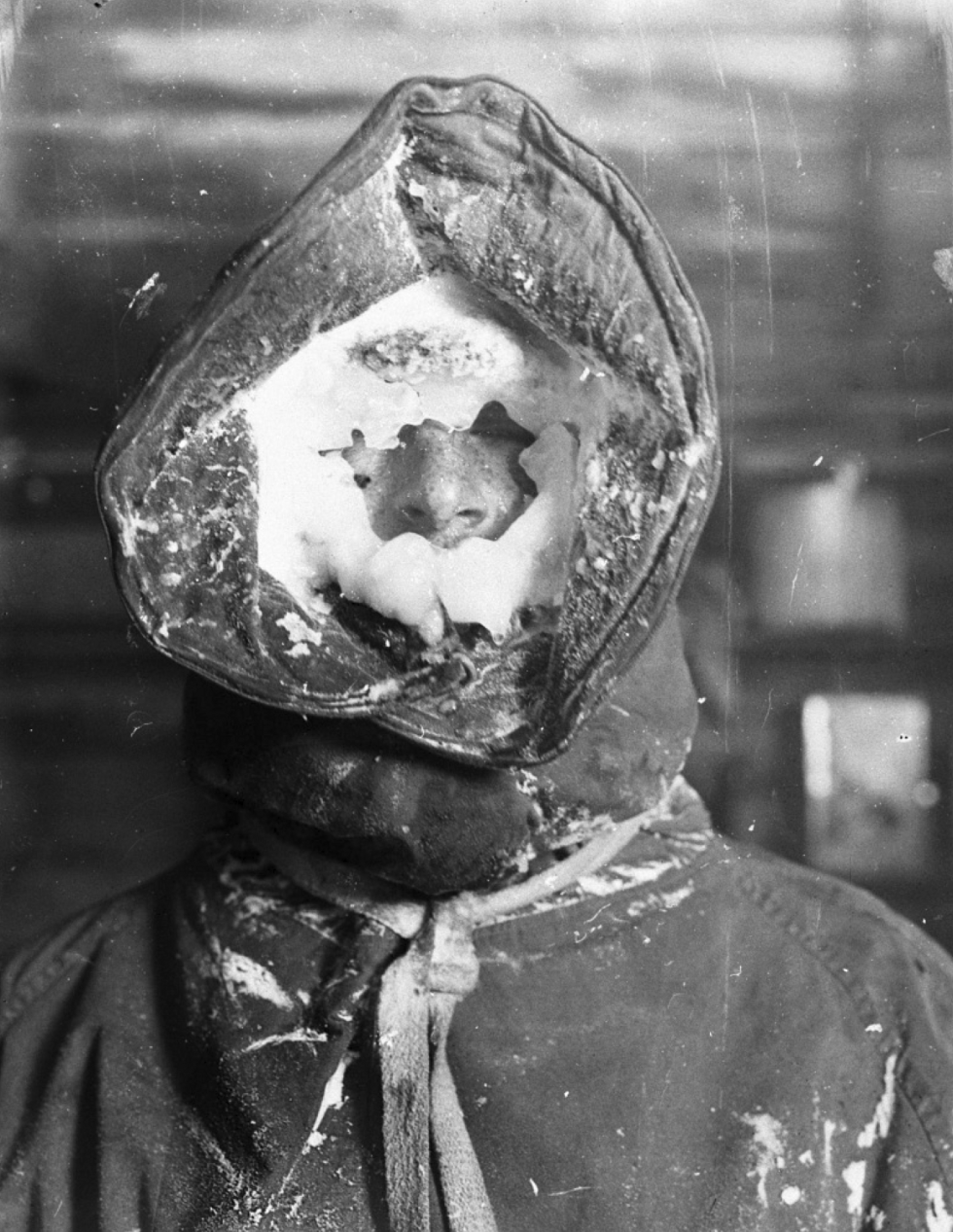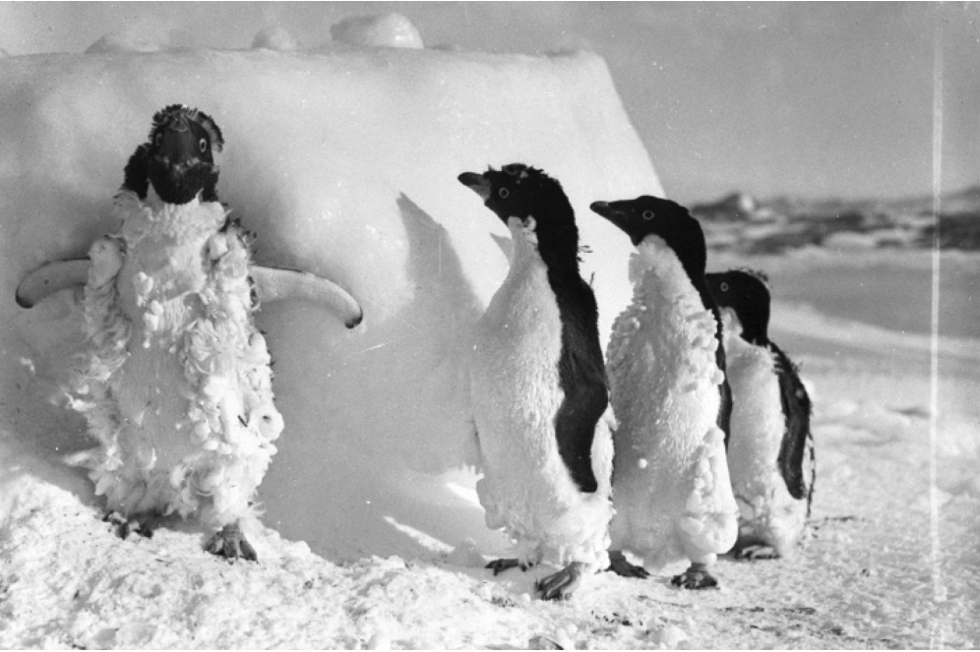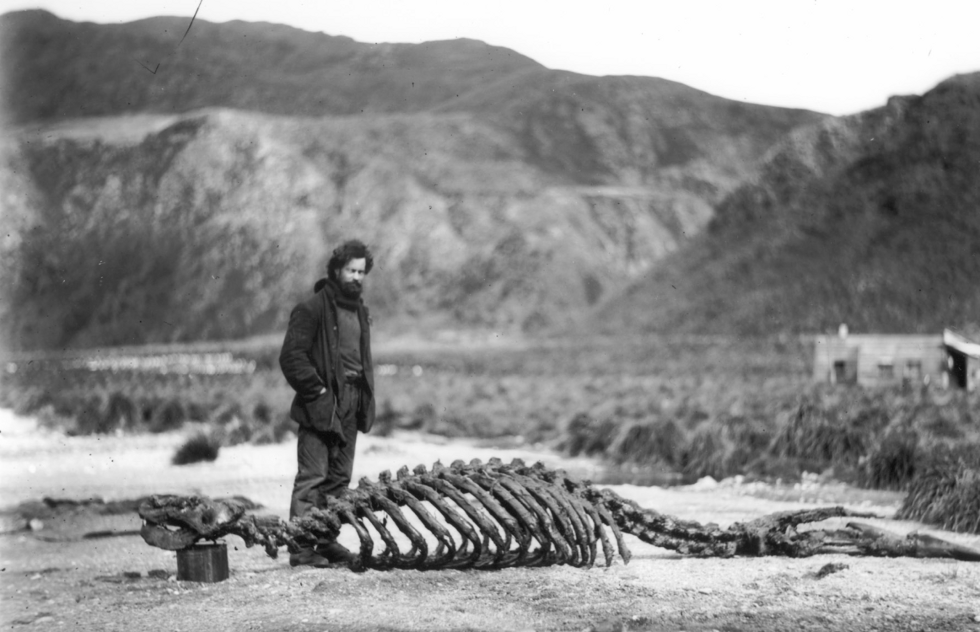influence, spiritual
by Paul D. Miller aka DJ Spooky that Subliminal Kid

I went to Antarctica a little while ago to look at melting ice and to make music about it.
My previous multimedia piece was about identity—I had secured the rights to DW Griffith’s 1915 film “classic” Birth of a Nation and applied the “dialectical logic” of sampling to the cinematic update of the “minstrel show.” Griffith had left his estate to Harvard and The Museum of Modern Art, and I found it intriguing to think of the eerie resonance that his film had with Bush’s election and Obama’s rise to power. I think of Birth of a Nation as the DNA of our crazy Hollywood tradition and our strange racial politics—a cinematic prism of propaganda in the same tradition as Sergei Eisenstein’s 1925 The Battleship Potemkin, Abel Gance’s 1927 film Napoleon and Lenin Riefenstahl’s 1934 Triumph of the Will, but without the saving grace of having been consigned to the dustbin of history. The contours of the American imagination that Birth of a Nation shaped and molded are still with us today–the “minstrel” robots in Transformers or the “black” voices of characters in films like Men in Blackor Star Wars. That kind of thing is still going on.
William S. Burroughs wrote a novel called Nova Express. The Subliminal Kid was a major character and I “sampled” the name from Burroughs’s imagination. The “Spooky” part comes from a philosophical attachment to Sigmund Freud’s concept of unheimlich, the “uncanny.”
That’s what the original film evokes. A strange and ethereal recognition.

Sample: Cut + Paste
When I was a kid, I looked at art as a way of blending everything. I have since been influenced by the Dada Movement, Fluxus, artists like Jean Cocteau, and composers like Wagner (who coined the term Gesamtkunstwerk or “total art work”). If you look at Scriabin or John Cage or Burroughs, that’s where my music comes from: the haunting contours of cut-up tradition.
Sample: Cut + Paste
It’s always about dialogue, to be in a position to work with a variety of people and to explore how they put their work together. My work on Antarctica, The Book of Ice, was done with the quantum physics scientist, Brian Greene (author of the much discussed The Elegant Universe).
Antarctica is a huge, complex, and stunningly remote place. So I asked Brain to write about the physics of ice!
The Book of Ice is a graphic design project that combines music, art, and science. It explores how climate change will affect science. As a link in a chain of connection, The Book of Ice becomes a causal force. In it I wanted to figure out a lyrical side of topology and complexity.
As with Rebirth of a Nation I wanted to figure out a way to link some of the issues that we inhabit today in our information economy where reality itself can be remixed.

Sample: Cut + Paste
Nam Jun Paik once said “Our life is half natural and half technological. Half-and-half is good. You cannot deny that high-tech is progress. We need it for jobs. Yet if you make only high-tech, you make war. So we must have a strong human element to keep modesty and natural life.” I agree.
Sampling, layering, collage.
And I keep thinking about Marshall McLuhan:
We are polluting Art as fast as we are tidying up Nature. The people of the Earth are encouraged to engage in an experiment of utmost urgency. We must turn off the electric environment for a period of one week to perform a cleansing of mass-man’s mind, body and spirit. We must get back to our bodies, lest we forget they are still there! Imagine the freedom to be experienced as the top-down cultural control of civilization is eradicated for even the briefest period! If everyone did participate in the Media Fast, how would we know it happened? Stay tuned…
Is this MEDIA FAST really possible? Turning off Birth of a Nation, your computer, or the news means pulling out of the media economy. Is this possible at all anymore?
This is a question that I keep asking myself.
Sample: Cut + Paste
Film is a tool that’s an extension of economic and political processes. With the definition of “race” in the US comes a lot disturbing baggage—all of us are “mixed” in the United States—black, white, Asian, Latino. We all have places we have left, and we arrive in this place called The New World. The question of origins has become a matter of doubt.
Yet what happened with democracy in the United States was that it could not let go of its origins. It needed order and taxonomy, a sure way to trace the progress from past to present. The politics of the early America also hinged upon other suspect moves and motives.
Black people were not considered human.
Sample: Cut + Paste
Film: We invent tools, then they reinvent us.

Sample: Cut + Paste
McLuhan probed how sometimes the real learning happens outside the academic setting. We intend the building designated for learning to nurture, but sometimes it stifles.
Every tool has services and disservices. With suspended judgment, we can uncover the hidden effects of our tools, and get a better view of the environments that they create. With comprehensive awareness, we can better cope with their hidden effects. But, why do we ignore these hidden environments?
My remix of DW Griffith asks and responds to the following question: how can film shape, mold, and influence perception? That’s what art is about.
Sample: Cut + Paste
My first impression of Antarctica was the vastness, openness, and weirdly enough—the fact that the light of the day never went away. It changed my dreams—my sleep patterns got scrambled by the permanent afternoon light of Antarctic summer.
Dreams. It’s all about dreams…
I went to Antarctica for about 6 weeks, and I think of it as a life changing experience. But to make music compositions from the process, and then, be able to set up a gallery show with Gwangju Bienniale—these are experiences of influence. They resonate outward, extensions of my ongoing concern with human rights and their relationship to media, technology, and a rapidly changing world.